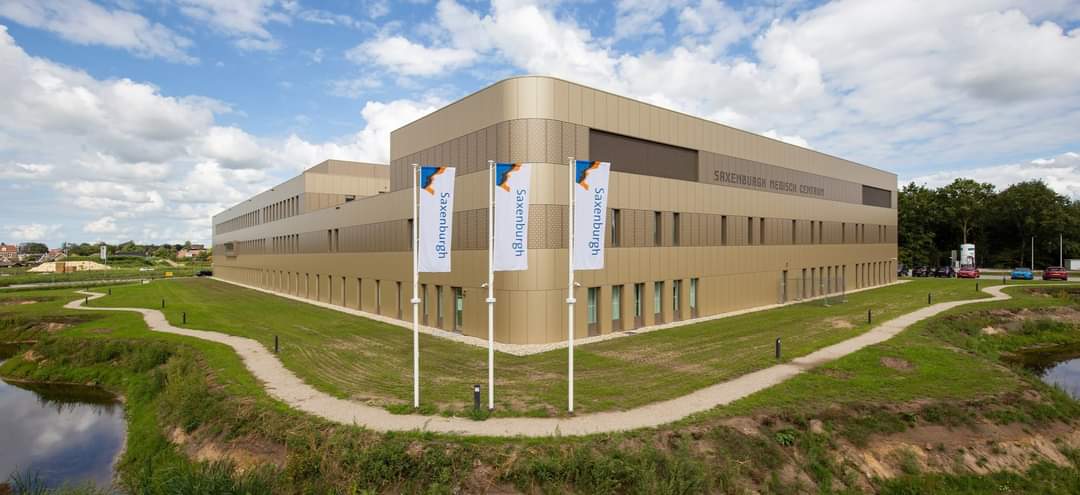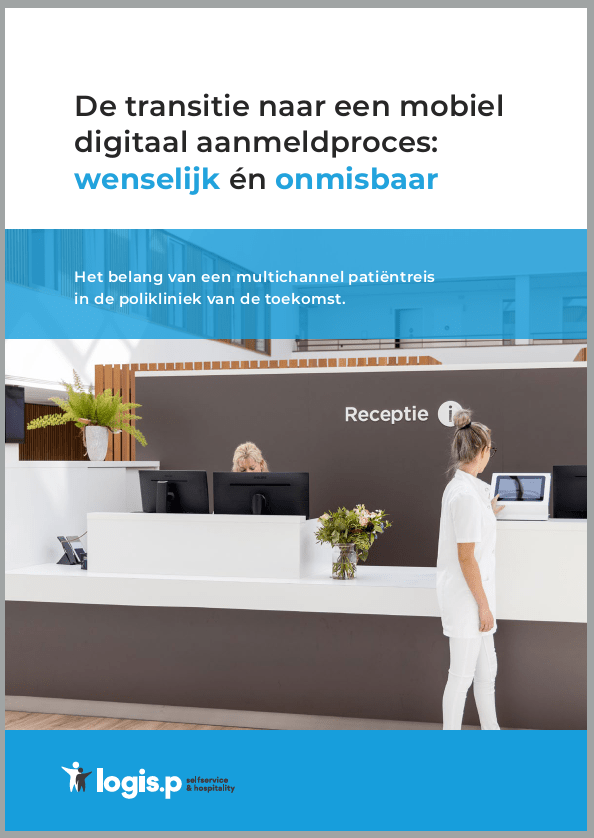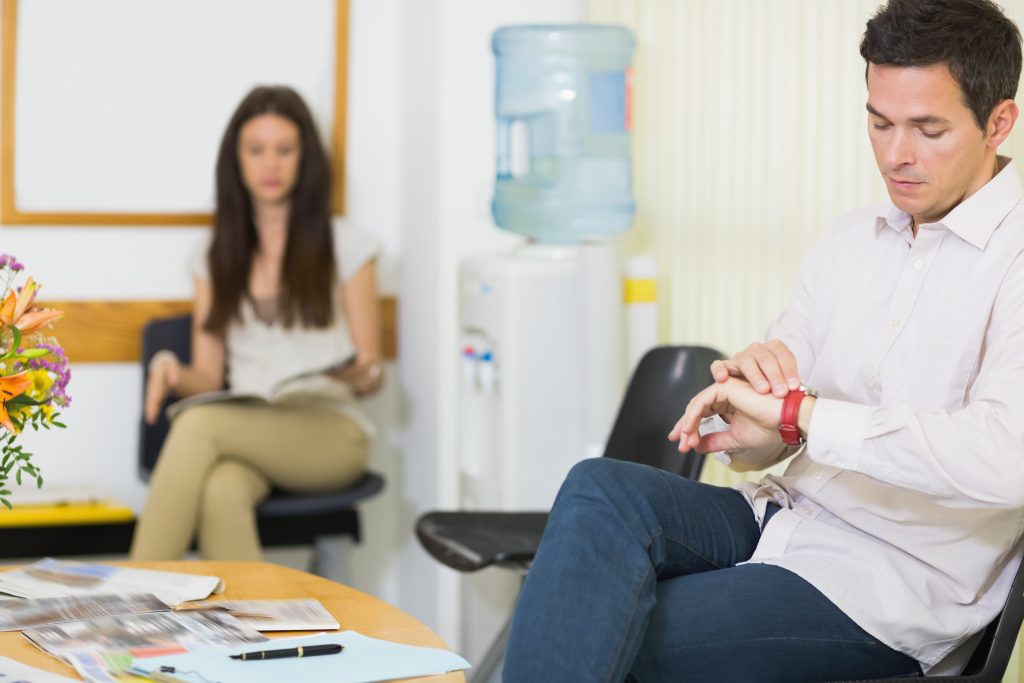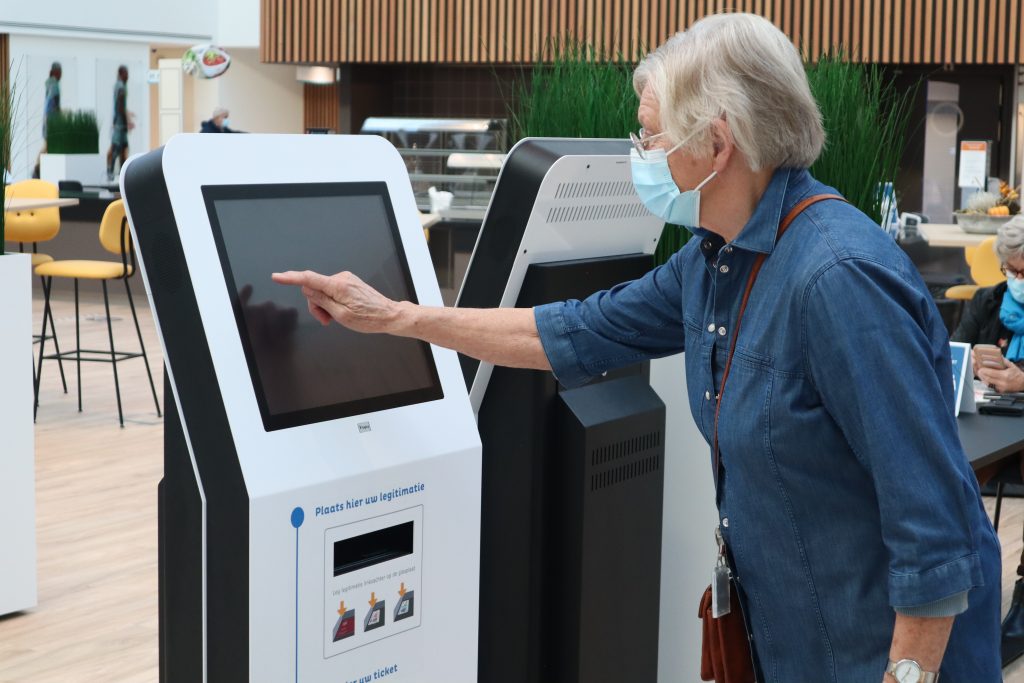ED Module
The ED module is an application to optimally inform patients and attendants during a visit to the Emergency Department. The module provides an explanation of the way things work in the emergency department, displays the current workload via a dashboard and provides a related indication of the waiting time for the patient.
Many patients and their companions experience a visit to the Emergency Department (ED) as stressful. During their stay, patients are constantly wondering how long it will be, what they are waiting for and what the wait time is for an examination or contact with a health care provider. This can lead to restless and unpleasant situations. Patient stress and uncertainty can lead to irritation and sometimes even aggression. This also affects healthcare providers, who may suffer from the uncertainty or aggression of patients where they are asked (too) often if they can already say anything about waiting times or progress.
Research has shown that when patients are informed of where they are in the care process, what the remaining wait time is, and in the process are informed of any delays, many of the stressors can be eliminated.

Both for patient
as a healthcare provider
For the patient, Logis.P provides real-time information on the progress of the process in the ED. For example, through information screens, the patient is informed about the process in the ED, current crowds and any delays. Here, for example, the process is shown via a movie on screens where crowds and waiting times can also be displayed.
In addition, it is possible to inform patients personally about their place in the process. Patients can see real-time information on their own smartphone with Smart Visit from Logis.P about their place in the care process, how they have been triaged, the status of their treatment, e.g. what they are waiting for, and an indiction of turnaround times. In addition to one's own mobile device, there is also the possibility of using other devices such as information columns or tablets.
In this way, patients can access information about their treatment at any time, resulting in less stress and uncertainty.
ED Module for
the caregiver
The Logis.P SEH module provides real-time healthcare provider insight into the crowding in the Emergency Department. It uses commonly used standards such as the National Emergency Department Overcrowding Score (NEDOCS), a score that indicates how busy the emergency department is.
Based on this insight, adjustments can be made, for example by deploying additional staff or referring emergency room patients to hospitals in the area. With the help of historical information, it also becomes easier to predict what the expected crowds will be, and planning and staffing can take this into account.
Functionaliteiten SEH-module
- Animation can be personalized with your own logos, image and norm times
- Modular solution; informative animation, busy dashboard and personal information
- Patients do not need to download app when using Smart Visit
- No extra handling for staff due to (order) links to HIS/EPD Crowding insight according to NEDOC score, adapted to Dutch model
Benefits Logis.P ED-module
- Better information reduces stress and uncertainty for patients
- No additional manual registrations required due to smart integrations
- Ensures more pleasant working environment for caregivers
- Applicable with (almost) any HIS/EPD by using HL7 links.
- Higher perception of quality and positive image for the hospital.
Logis.P biedt flexibele integratie mogelijkheden met onder andere:
 More information
More information
Would you like to find out more about how our solutions work and what their functionalities can do for your organisation? Please submit your details, and one of our professionals will contact you as soon as possible.

Optimal patient journey at Saxenburgh Medical Centre
De opening van een nieuw ziekenhuis in Hardenberg was de aanleiding om de planning en het ontvangstproces grondig te herzien. De nieuwe methode is vooral privacy-vriendelijker. De grondslag voor Saxenburgh werd in het begin van de twintigste eeuw gelegd dankzij een nalatenschap. Zo konden ziekenhuizen worden gebouwd in Hardenberg en Coevorden. Beide ziekenhuizen fuseerden in 1980 en gingen






